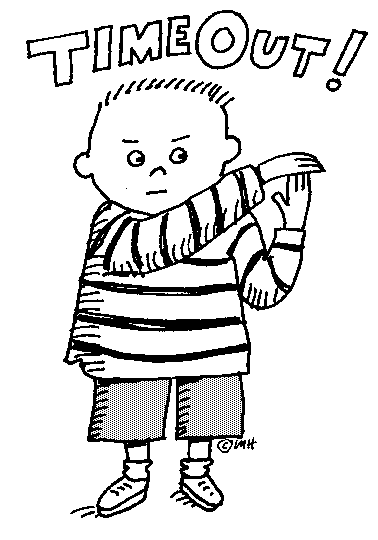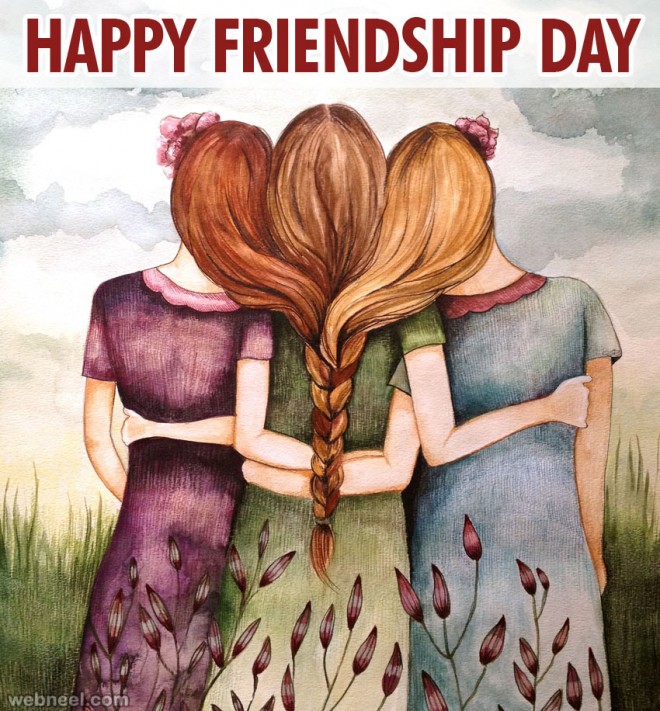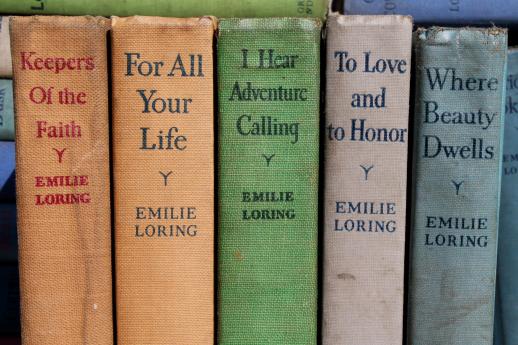Today I am going to try to catch the solar eclipse. I was interested to read in a work email that for many Native Americans, an eclipse has sacred significance requiring them to observe the day by remaining indoors and refraining from their daily activities.
A co-worker confirmed, writing, "In my tribe they tell a story of how a Big Frog swallowed the Sun. It was an old man who discovered the Big Frog. He asked the people to come outside and make as much noise as possible, until the Sun returned. The women shook our turtle rattles and our men sang our songs on the water drum. Some shot arrows into the sky until the Big Frog spit out the Sun. Soon our Grandmother Sun returned to show the light and the way to the people. "
James Adair, in the History of the American Indians, notes: "The first lunar eclipse I saw after I lived with the Indians was among the Cherokee (in about 1736), and during the continuance of it their conduct appeared very surprising to one who had not seen the like before. They all ran wild, this way and that way, like lunatics, firing their guns, whooping and hallooing, beating of kettles, ringing horse bells, and making the most horrid noises that human beings possibly could. This was the effect of their natural philosophy and done to assist the suffering moon."
How grateful I am for such interesting cultures and stories. They make life all the more interesting! You can read about additional cultural interpretations of the eclipse here.
The path of the moon’s umbral shadow-in which the sun will be completely obscured by the moon-during the total solar eclipse of Aug. 21, 2017. The lunar shadow enters the United States near Lincoln City, Oregon, at 9:05 a.m. PDT. Totality begins in Lincoln City, Oregon at 10:16 a.m. PDT. The total eclipse will end in Charleston, South Carolina, at 2:48 p.m. EDT. The lunar shadow leaves the United States at 4:09 p.m.. EDT. Outside the path, a partial solar eclipse will be visible throughout the continental U.S. – Courtesy of NASA










































